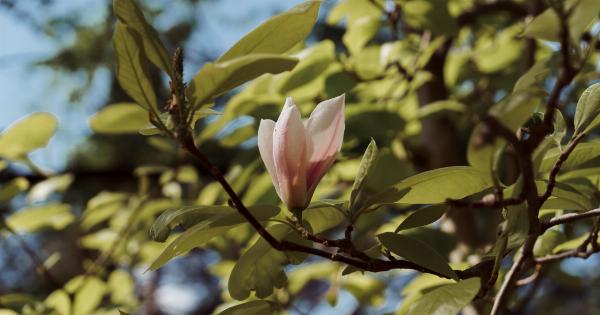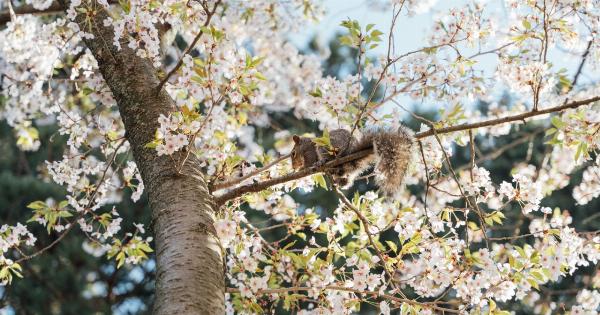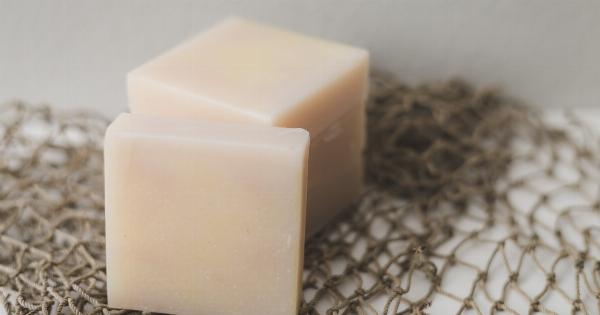Christmas is a time for joy, happiness, and celebration. The centerpiece of this festive season is undoubtedly the Christmas tree.
From decorating it with shiny ornaments to placing gifts under its branches, the Christmas tree holds a special place in our hearts. However, for some individuals, this symbol of holiday cheer can bring along a less-than-merry surprise – unrecognized allergies.
Allergic Reactions to Christmas Trees
While it may seem unusual, Christmas trees can be a source of allergies for certain individuals. These allergies can manifest in various ways, ranging from mild discomfort to severe reactions.
Let’s delve deeper into some of the most common unrecognized allergies associated with Christmas trees.
Pollen Allergies
One of the primary culprits behind Christmas tree allergies is pollen. Many Christmas trees are conifers, such as pine, spruce, or fir, which produce pollen to reproduce.
When these trees are brought indoors, the pollen can be released into the air, triggering allergic reactions in susceptible individuals. Symptoms of pollen allergies include:.
- Sneezing
- Congestion
- Runny nose
Mold Allergies
Aside from pollen, mold can also be a hidden trigger for allergies when it comes to Christmas trees. Mold spores thrive in damp environments, and when trees are harvested and stored in moist conditions, mold can grow on the bark and branches.
When the tree is placed indoors, mold spores can be released into the air, causing allergic reactions in sensitive individuals. Common symptoms of mold allergies include:.
- Coughing and wheezing
- Itchy and watery eyes
- Skin rash or hives
Cypress Allergies
For those who opt for a cypress Christmas tree, a specific allergen called cypress pollen can be responsible for allergic reactions. Cypress pollen can be extremely potent and cause severe symptoms in allergic individuals.
Some common symptoms of cypress allergies include:.
- Shortness of breath
- Tightness in the chest
- Asthma attacks
Preventing Christmas Tree Allergies
If you suspect you may have unrecognized allergies to Christmas trees, there are several measures you can take to prevent and minimize your symptoms:.
1. Opt for an Artificial Tree
Choosing an artificial Christmas tree eliminates the risk of allergens associated with live trees. Artificial trees do not produce pollen or harbor mold, making them a safe option for individuals with allergies.
2. Select a Low-Allergen Tree
If you prefer the charm and fragrance of a real Christmas tree, consider opting for low-allergen varieties. For example, certain types of spruce or fir trees produce fewer allergens compared to other species.
Researching which trees are less likely to trigger allergies can help you make an informed decision.
3. Proper Tree Maintenance
Taking care of your Christmas tree can significantly reduce the risk of allergies. Before bringing the tree indoors, shake it gently to remove loose pollen, mold spores, and other potential allergens.
Additionally, regularly misting the tree with water can help minimize the release of allergens into the air.
4. Allergy Medication
If you know you have allergies but still want to enjoy a real Christmas tree, taking over-the-counter antihistamines or other allergy medications beforehand can help alleviate symptoms.
However, it is always advisable to consult with a healthcare professional before starting any medication.
5. Consider Alternative Decorations
If all else fails, you can still celebrate the holiday season without a traditional Christmas tree. Opt for alternative decorations like ornaments, wreaths, garlands, and lights that do not carry the same allergen risks.
Conclusion
While the Christmas tree brings immense joy and beauty to our homes during the holiday season, it can also create a handful of unexpected health issues for those with unrecognized allergies.
Being aware of potential allergens associated with live trees, taking preventive measures, and considering alternative options can help individuals with allergies enjoy a symptom-free holiday season.






























